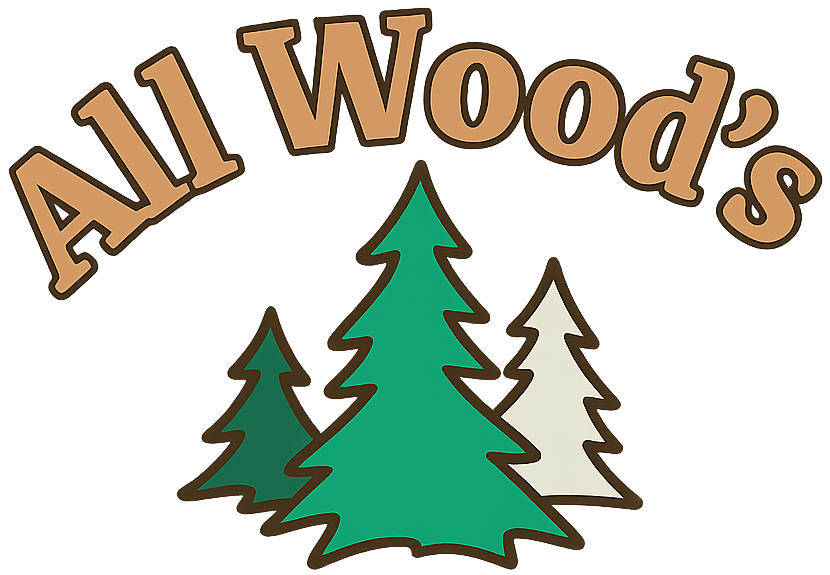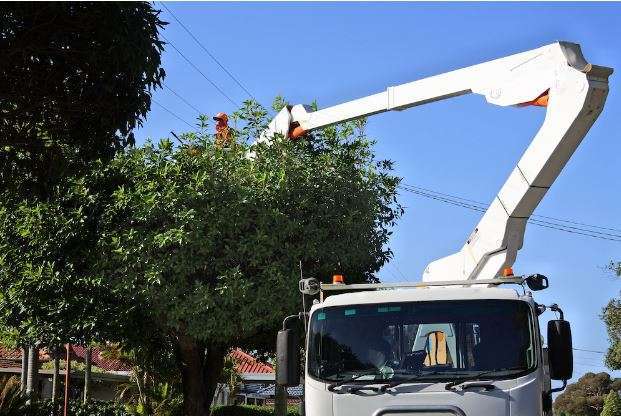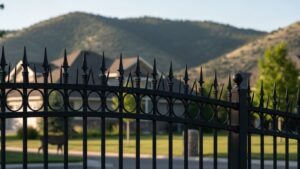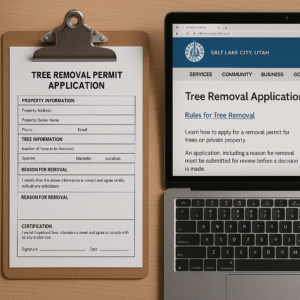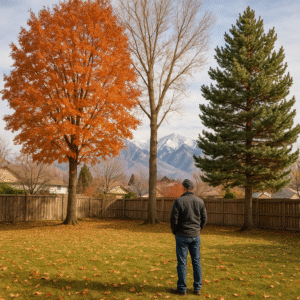Trees are beautiful, and their benefits go beyond improving your home’s curb appeal. From preventing soil erosion and purifying the air we breathe to acting as a habitat for wildlife, trees are an important part of the ecosystem. Expert guidance on Dangerous Tree Removal: Safeguard your space with All Wood’s Tree Service, ensuring safety and peace of mind.
Signs Time to Get Dangerous Tree Removal
However, there may come a time when you have to let go of your favorite tree for safety reasons. Here are the common instances when you should have dangerous trees on your property removed by an arborist.
- The tree has root defects: Because roots are underground and out of sight, it may be hard to spot a root defect outright. However, some common signs to look out for include soil mounding, dead wood in the crown, smaller than usual or off-colored leaves. A tree with root defects is hazardous and should be removed immediately.
- The trunk is hollow: A hollow trunk is a weak trunk that can’t support a tree or its limbs properly, meaning the tree can fall off at any time. So, it’s better to have it removed before anything catastrophic occurs.
- The tree is infected: You can tell your tree is infected or infested if you notice leaf discoloration, crown die-back, soft crumbly wood, numerous cracks, and the appearance of fungi or woodpeckers feeding on it. You should remove an infected/infested tree to reduce the spread of pests and diseases and to caution against unexpected tree/branch falls.
- The tree is growing under a power line: A tree growing under a power line poses a safety hazard and should be removed immediately by an authorized arborist.
- There’s a risk of damage to houses or other structures: If a tree is growing too close to a building/structure or has aggressive roots and large branches that pose a risk to the nearby structures, it should be removed immediately.
Hire professional tree removal services
Tree removal isn’t a simple DIY project. It requires proper tree risk assessment, professional know-how, and the use of the right tools to ensure everything goes smoothly. So, anytime you think of removing a tree, you should consider hiring a professional arborist.
Professionals have experience in tree removal services and know the right tools to reduce the risk of injuries, death, and property damage. Arborists also remove trees without causing too much damage to the landscape and save time and money in the long run.
Now that you know when to have dangerous trees removed, the next thing is to contact All Wood’s Tree Service for all your tree removal services.
